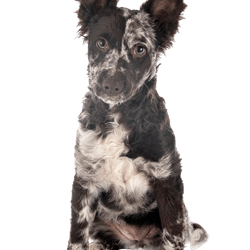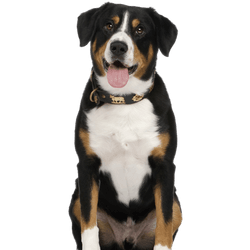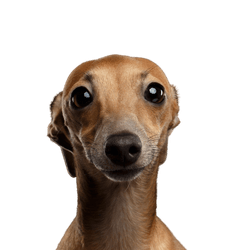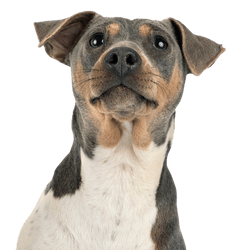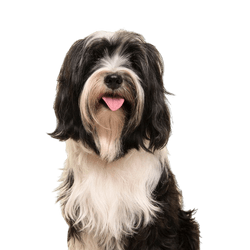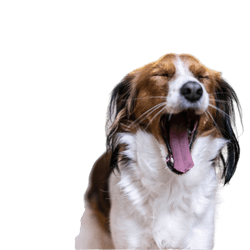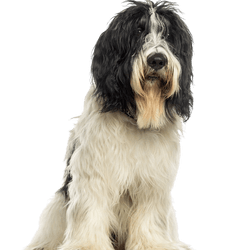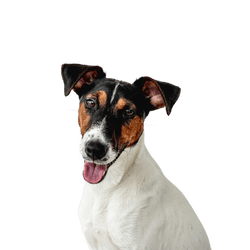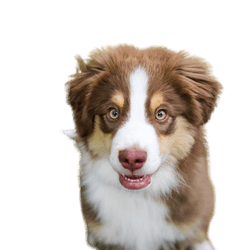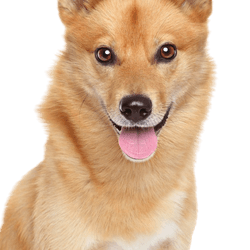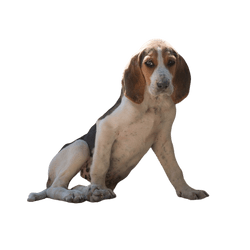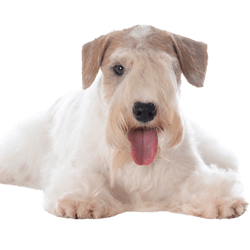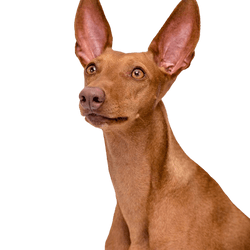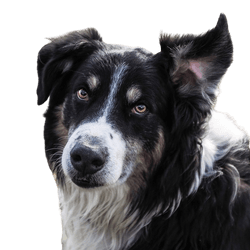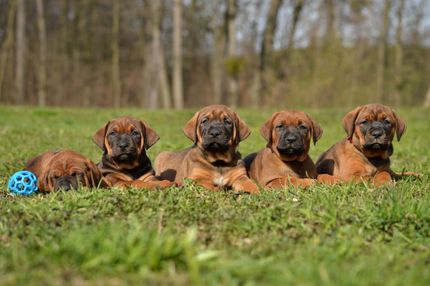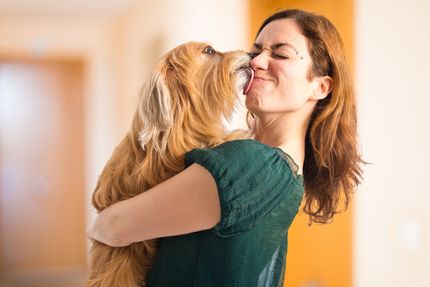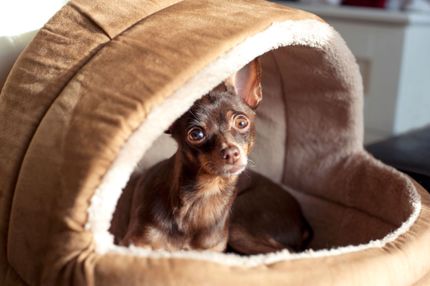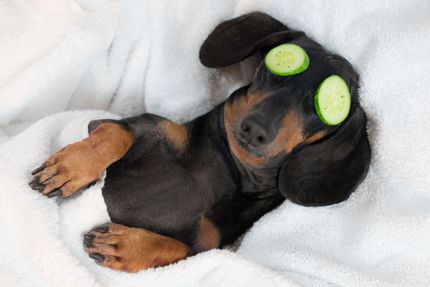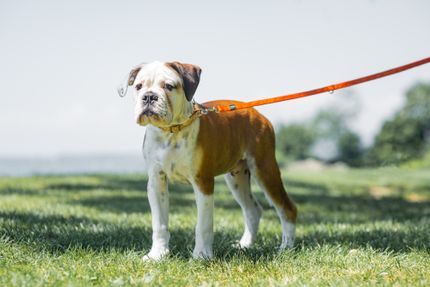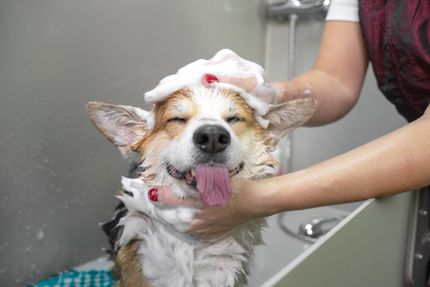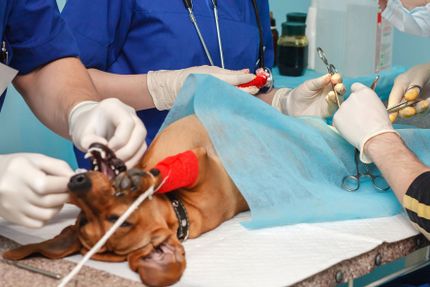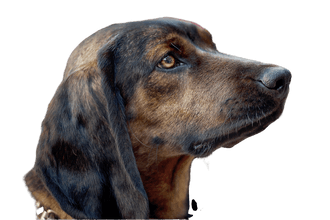
Bavarian Mountain Hound Breed description: Character & Co
Bavarian Mountain Hound
Facts & Origin
The Bavarian Mountain Hound looks rather inconspicuous: brown, short-haired, medium sized. Striking features are their alert look in their eyes and the big floppy ears. But dogs of this fascinating breed have a lot to offer.
The Bavarian Mountain Scenthound (BGS) belongs to the FCI Group 6, Section 2, these are the Scenthounds. This means it is a hunting dog, accordingly agile and enthusiastic.
History: of Bracke and Scenthound and the Bavarian Mountain Hound
The Bracke was already known by the Germanic tribes and used for hunting.
In the 19th century, the Hanover Hound was crossed with the native Bracke breed in Bavaria since the Hanover Hound was not suitable for the rough mountain conditions. The result was a top-performing and ready-for-action breed with an excellent nose, no matter the weather condition or whether the ground was stony, there were thorny bushes or they needed to run up or and down the hill.
In 1883, the breed was presented for the first time at an exhibition. In 1912, the 'Club für Bayerische Gebirgsschweißhunde' (Club for Bavarian Mountain Hounds) was founded, which has been responsible for the care of the breed ever since. In the meantime, the Tyrolean Bracke was crossed in to extend the genetic material. Dogs are only accepted for breeding after a strict health and performance test has been done.
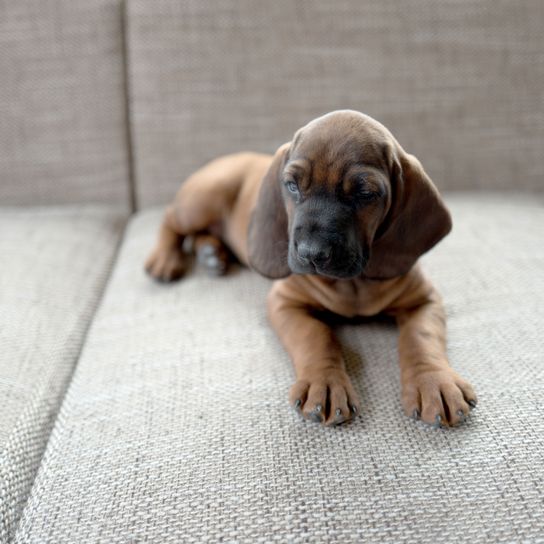
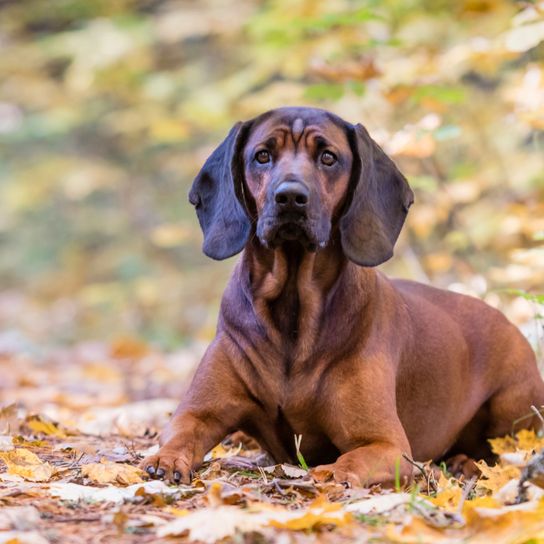

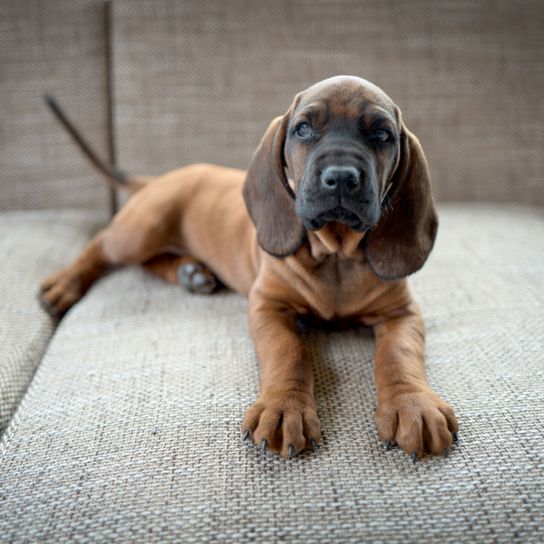
| Alternate Name | Bracke |
| Origin | Germany |
| Life expectancy | 10 - 15 years |
| Care requirements | low-maintenance |
| Activity level | high |
| FCI group | Leash (scent) Hounds |
| AKC group | Foundation Stock Service |
| KC group | Hound Group |
Attitude, character and temperament of the breed
Character and temperament of the Bavarian Mountain Hound
Your BMH is calm and balanced. When it is working, it is completely alert and concentrated with an absolute will to track. As a hunting dog it has a strong hunting instinct.
They are affectionate towards their owner, yet rather reserved towards strangers. At the same time they don't show aggression or impulsiveness. If they are well trained and allowed to work sufficiently, they are good-natured family dogs in their 'free time'.
Having said that, they have a need for work.
Fields of application: above all sniffing out prey
The BMH is a highly specialised hunting dog. It is bred especially for tracking work, for which it can use its excellent sense of smell. Classically, the Bracke is mainly used for tracking or finding game such as hares or foxes, which tracks they follow while barking until the hunter has shot or caught the animal.
Scenthounds are also often used for late tracking, they can often still follow a trail days later, which can lead to an injured animal or even a human. 'Scenthound' and 'Bracke' are often used synonymously by laymen. Nowadays, tracking especially is more important than ever since conditions are more difficult due to traffic, but also due to weapons with a longer range. Hunters provide so-called 'search teams', which can be requested by the police, for example.
Training of a Scenthound
The BMH is not demanding in terms of training alone. It wants to be guided and educated and is an eager learner.
However, since it is a working dog willing to perform, it should be trained as well as further trained as a scenthound. Furthermore, you should be able to let them work in their profession later on, so that it is kept busy and as a result happy. This also means working night shifts or in bad weather.
Character
Usage
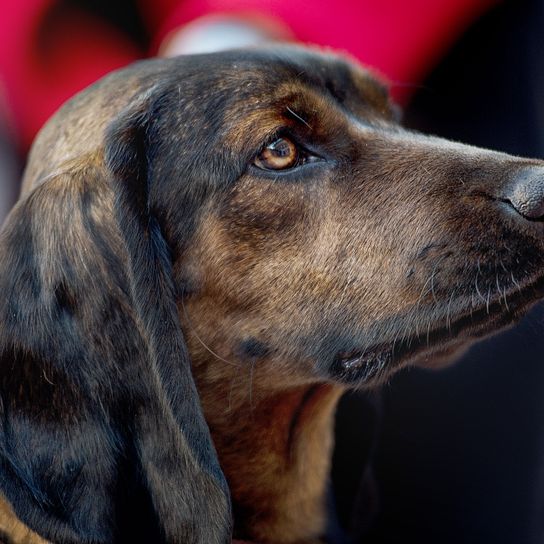

Health and breeding information
Breeding: in the hands of the club
The BMH breeding is completely in the hands of the clubs for BMH. This has the advantage that it is very closely monitored that only healthy and really efficient dogs are used for further breeding. This strict control has kept the BMH as fit and efficient as the breed presents itself to be today. But it also has the consequence that you can only buy a Bavarian Mountain Hound if you are a member of the club and complete the dog handler courses offered there. A usual price for a Bavarian Mountain Hound does not really exist, but you can expect to pay around 1500 Euros for a Bavarian Mountain Hound puppy.


Care of a BMH
- The car of a BMH is extremely simple. The coat needs to be brushed from time to time and paws, claws, ears and eyes need to be checked. You also have to keep an eye on their teeth - you either give them appropriate treats for cleaning their teeth or you brush their teeth regularly with a dog toothbrush.
- Your BMH needs sufficient exercise, in all weather conditions. In a small flat it feels rather uncomfortable - sufficient space needs to be provided. A house with garden would be ideal.
Your BMH is extremely robust. There are no typical hereditary diseases existing. The breed has a typical life expectancy of 12 years.
Their appearance
- According to the breed standard, males reach a height of 47 to 52 cm, bitches 44 to 48 cm.
- The weight is typically between 25 and 35 kg.
- The dog has an elongated body, is rather lightly built, yet muscular and sinewy, and has strong legs.
- It has large drooping ears, which like the face are slightly darker than the rest of the coat.
- The coat is short and dense and a little rough, which helps when running through bushes.
- Permitted coat colours are deep red, deer red, red-brown, red-yellow, beige, red-grey, mottled or dark-stitched. The colours should allow them to camouflage well in the bushes. A small light-coloured breast spot is permitted.
- The tail is of medium length and set relatively high.
| Fur length | short |
| Fur | flat coated |
| Ear shape | Floppy Ear |
| Tail | lang |
| Anatomy | slim |
| Size ♀ | 44 - 48 cm |
| Weight ♀ | 20 - 25 kg |
| Size ♂ | 47 - 52 cm |
| Weight ♂ | 20 - 25 kg |
| Suitable For | - |
Colors
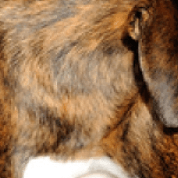

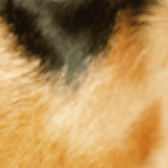
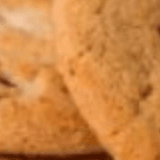
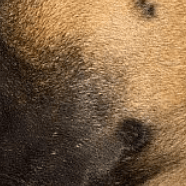
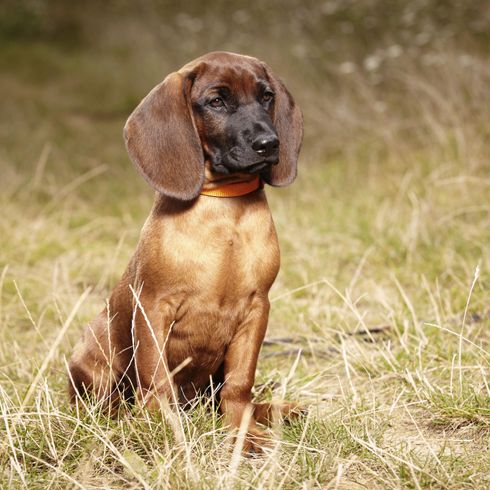


FAQ
-
A BGS dog will live to be about 10-15 years old.
-
BGS is the abbreviation for a dog breed from Germany and is written out as: Bayerischer Gebirgsschweißhund. It is particularly popular with hunters.
-
Sweat dog refers to sweat: and is the term in hunter's language for blood.
Other medium dogs
Useful Articles
You can find articles that might interest you in the dogbible blog to match your favorite breed.
Visit our magazineto stay up to date on dog trends.
To find out more, view our Privacy Policy
Find here the breed that suits you and find out what character traits it has. Here you can also learn more about the origin, size and weight of your favorite breeds.
Matching your favorite breed, you'll find articles that might interest you on the dogbible dog blog.
5 tips for the dog's paws in the cold and snow
3 tips to teach the "stay" and establish it permanently as a trick
Dog shows on TV - Our favourites
